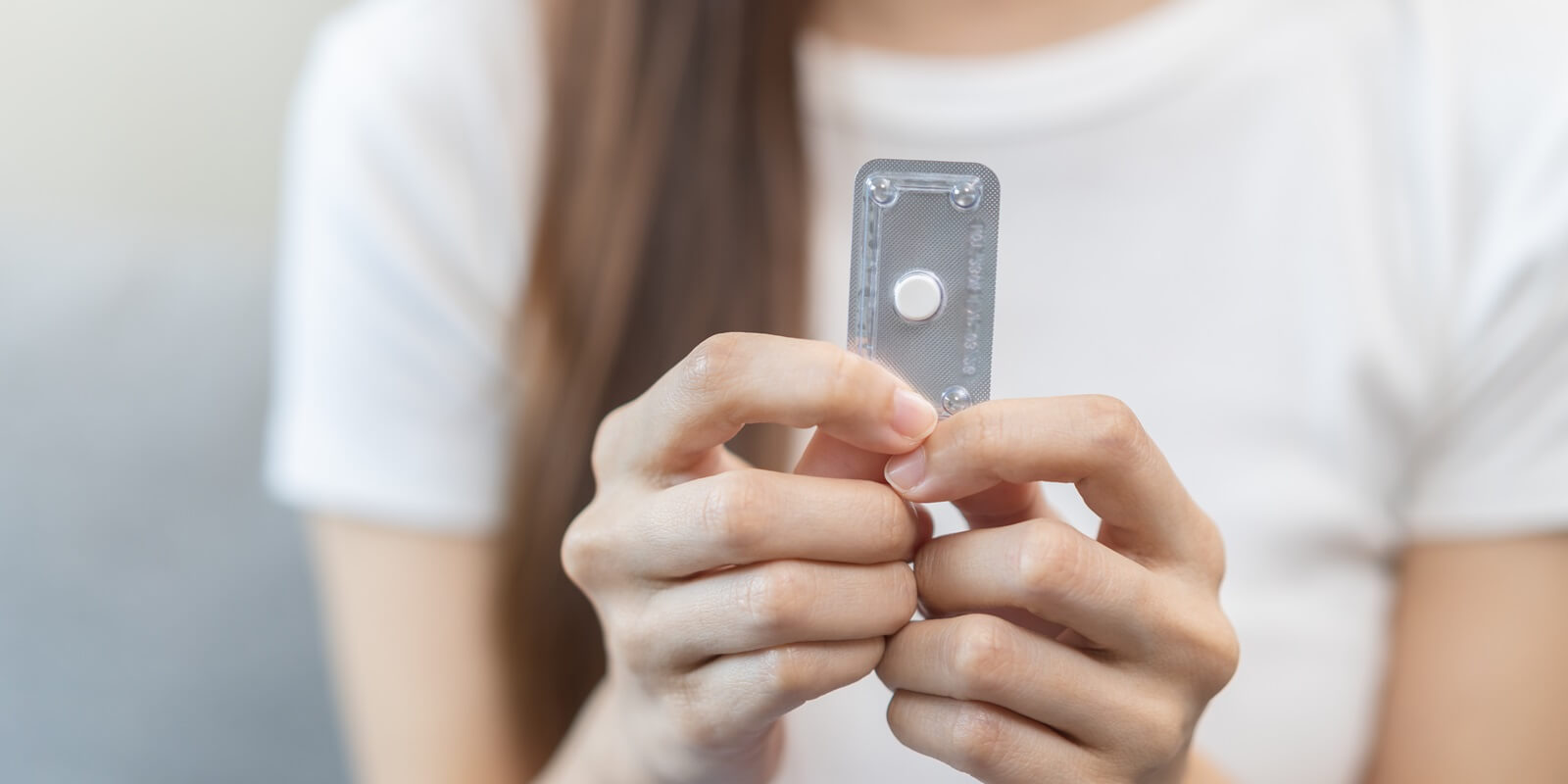The statistics on unintended rates and contraceptive use paint a concerning picture in the United States. Nearly half of all pregnancies are unintended, and the…
Read More


The statistics on unintended rates and contraceptive use paint a concerning picture in the United States. Nearly half of all pregnancies are unintended, and the…
Read More

When it comes to , the choice of birth control method extends far beyond just preventing pregnancy. The impact of different contraceptives on your overall…
Read More

can both positively and negatively affect your menstrual health. As such, it is essential to have an open discussion with your gynecologist when considering hormonal…
Read More

such as condoms, diaphragms, cervical caps, and spermicides can provide effective protection against pregnancy when used properly. Follow these tips and tricks to select the…
Read More

Almost in the U.S. are accidental. This highlights the importance of in giving women the ability to manage their reproductive health. Correct and consistent usage…
Read More
